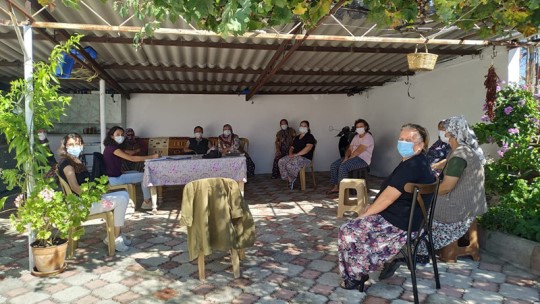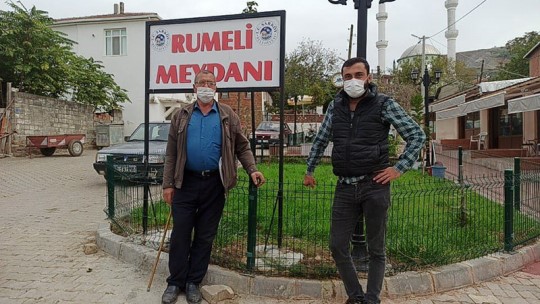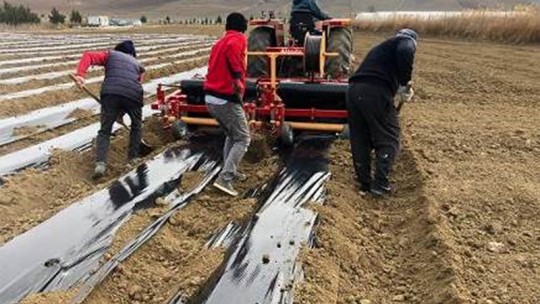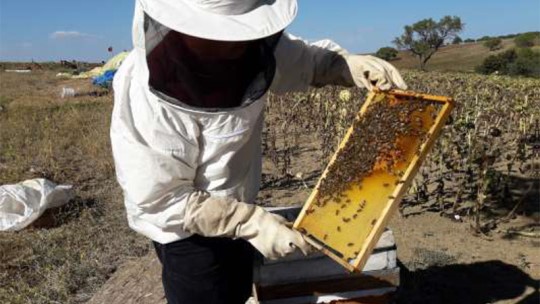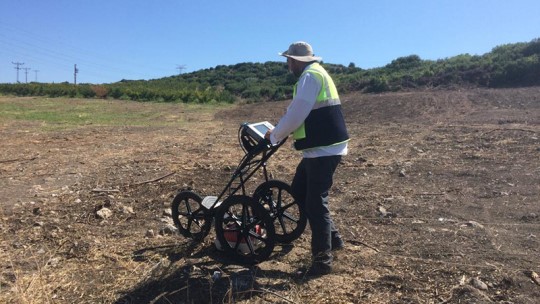Social
Construction activities in the 1915Çanakkale Bridge and Motorway Project are being carried out with respect to social sensitivities included in the Environmental and Social Impact Assessment (ESIA) Report prepared in line with international standards, in addition to the requirements of our local legislation.

Being aware of our social impacts and related mitigation measures, we implement the best industry practices and try to be a good neighbour to the community. In this context, you may find some of the social practices we have implemented since the beginning of the Project on this page.
Stakeholder Engagement Activities
Communicating with our stakeholders in a healthy and efficient manner is of utmost importance to us. As a project with a great number of stakeholders of diverse attributes, we run our communication activities within the framework of our Stakeholder Engagement Plan (SEP) created in conformance with the IFC Standards. SEP includes important information such as our stakeholders, communication channels, tools we use, and our grievance mechanism. As there may be changes in the advanced stages of the Project, we consider the SEP as a living document and we intend to continue updating it on a regular basis. For detailed information, please review our Stakeholder Engagement Plan.
Guide to Land Acquisition and Compensation
The land acquisition and compensation process of the 1915Çanakkale Bridge and Motorway Project is run by the General Directorate of Highways (KGM). To provide correct and efficient information for the stakeholders who may have questions about the process, a Guide to Land Acquisition and Compensation (GLAC) has been created. This document is not only shared on our website, but it has also been distributed in 32 villages located along the route of the Project and are impacted by the expropriation process. For detailed information, please study our Guide to Land Acquisition and Compensation.
For detailed information, please review our Guide to land Acquisition and Compensation.
Community Level Assistance Program
CLAP’s primary focus is to complement the compensation that has been or will be paid by KGM in accordance with Turkish legislation for lost land and assets and to enable households to continue or replace reduced livelihoods or adopt new ways of gaining a livelihood. CLAP was initiated in May 2019 with our Lead Implementation Partner SURKAL, and its implementation is ongoing in 32 settlements located within the 500 m corridor (both sides of the centreline).
Four programs designed for CLAP and their main purposes are provided below:
- Skills Development and Access to Markets
- Institutional Capacity Building
- Natural Resource and Sustainable Energy
- Community Health, Safety and Wellbeing
In addition to the programs given above, we are carrying out quick impact projects which are the activities that are not foreseen but important for the community and for common use of the settlements.
With the completion of the CLAP implementation activities in June 2022, a monitoring process has been initiated that will continue for about two years in order to see the effects of the implemented activities.
Please see our Annual Environmental and Social Performance Report and Countdown Chronicle documents for further information.
Cultural Heritage
1915Çanakkale Bridge and Motorway Project’s impacts in relation to archaeology and cultural heritage were initially assessed during the ESIA period in compliance with the IFC Performance Standard 8. Sensitive areas were identified during this study and further studies were recommended. Following the ESIA period, archaeo-geophysical studies were carried out and outcomes of these studies have been considered during the detailed design. For the construction process, a Cultural Heritage Management Plan was prepared to guide the activities in the field, and site activities were carried out under the supervision of an archaeologist to ensure the effective implementation of the plan. All site activities along the Project route have been carried out in coordination with Tekirdağ and Çanakkale Archaeology Museums. Please see our Annual Environmental and Social Performance Report and Countdown Chronicle documents for further information.
